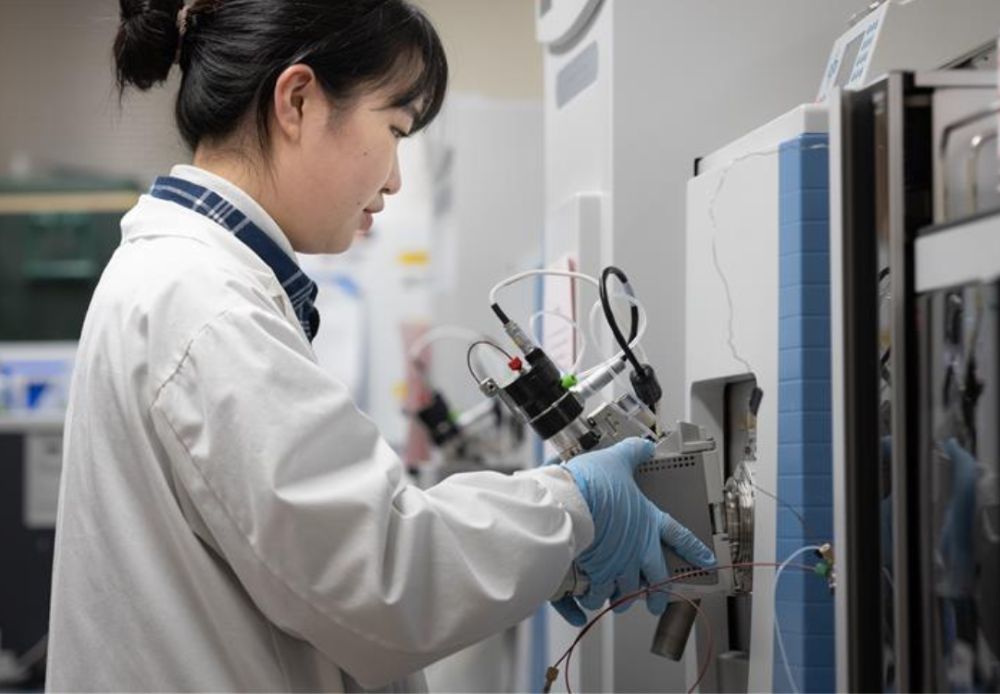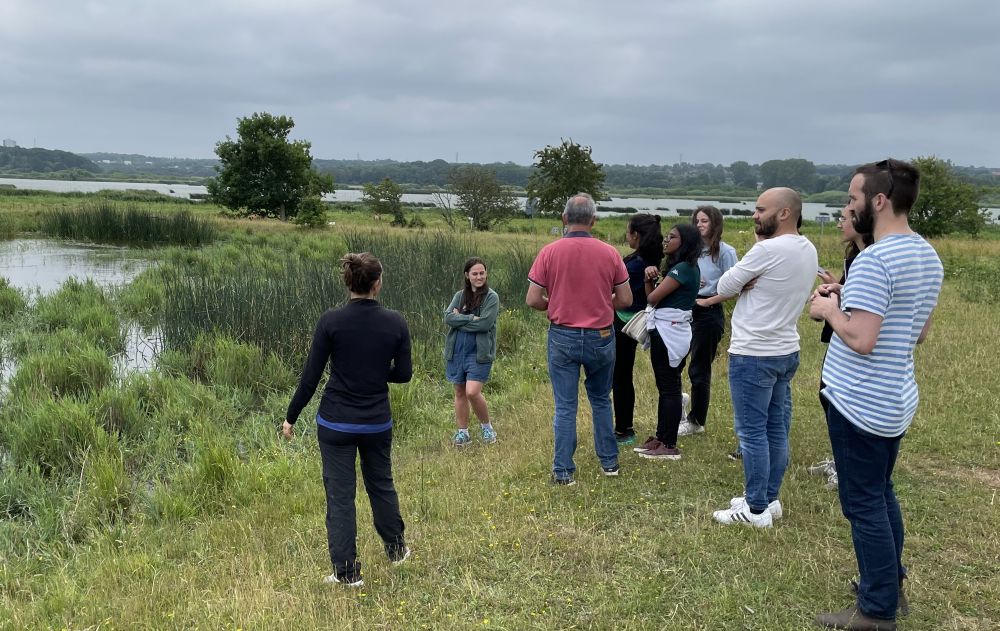
New program offered at USask addresses critical industry gap
The Masters of Chemical Risk Assessment (MRA) is offering working professionals formal training in chemical risk assessment, a critical area of environmental science and management.
By Amy Janzen, SENS CommunicationsOffered through the Toxicology Centre, which is part of the University of Saskatchewan (USask)'s School of Environment and Sustainability (SENS), and developed and delivered in partnership with Aarhus University in Denmark, the MRA is the first program of its kind anywhere that focuses entirely on this essential field. The two-year program is nearing completion of its first year with the inaugural group of learners.
Designed for early- and mid-career professionals in environmental science, toxicology, and related fields who work for consulting firms, chemical and resource industries, and government agencies, the MRA is delivered fully online and structured to fit around full-time work schedules.
“We’re not just trying to fit conventional teaching into an online program. We’re developing a unique online program,” said Dr. Karsten Liber (PhD), Executive Director, SENS, and the inaugural director of the MRA program.
Chemical risk assessment plays a central role in many areas of environmental work, such as managing industrial or contaminated sites, evaluating and regulating new and existing chemicals, and contributing to environmental reviews for new development projects.

“It’s one of the most common tasks environmental scientists and toxicologists encounter,” said Liber. “And yet, until now, there have been almost no graduate-level program options for formal instruction in this area.”
By helping professionals learn how to evaluate the effects of chemicals on human and environmental health, the MRA program supports the creation of more sustainable practices, such as reducing harm to ecosystems, improving long-term planning, and informing safer regulatory decisions across sectors.
“This isn’t just about compliance,” said Dr. Markus Brinkmann (PhD), SENS and director of the Toxicology Centre. “The core function of the MRA is to teach industry professionals how to assess and minimize risk, and to build knowledge around procedures that support safer and more sustainable decision-making.”
The program runs over two years and includes twelve three-credit unit graduate-level courses, all designed specifically for online delivery. That structure allows the teaching team to build in real-world projects, group work, and hands-on activities that mirror the kinds of challenges risk assessment professionals regularly face on the job.
Students learn how to define and plan chemical risk assessments, understand key toxicology and exposure principles, work with databases and modelling tools, and apply their knowledge through case studies and simulations. Faculty from both USask and Aarhus University lead the courses, supported by guest instructors from government and industry.
The international collaboration with Aarhus University also gives students insight into both North American and European regulatory systems, establishing a global standard that companies and governments can rely on.
“We live in a global world, but chemical regulations differ widely between regions,” said Liber. “This program helps professionals understand how to navigate those differences and apply their skills in multiple contexts.”
A globally representative advisory board helps guide the program’s development, ensuring the content stays current with new research and changing regulatory priorities.
The first cohort of learners began in September 2024 and is expected to graduate in spring 2026. Students come from a range of backgrounds, including environmental consulting, health and safety, and educational roles.
“As an experienced professional working on contaminated sites, the MRA program is the perfect mid-career addition to my skill set"," said one MRA student. "The program has broadened my perspective and has added another dimension to how I think about contaminated sites, preparing me to contribute to retrospective risk assessments.”
Graduates of the MRA program may also be eligible to pursue international certification, such as through the International Board of Environmental Risk Assessors (IBERA), which is headquartered in Brussels.

